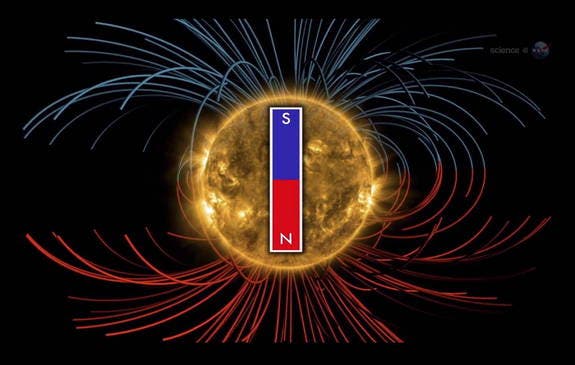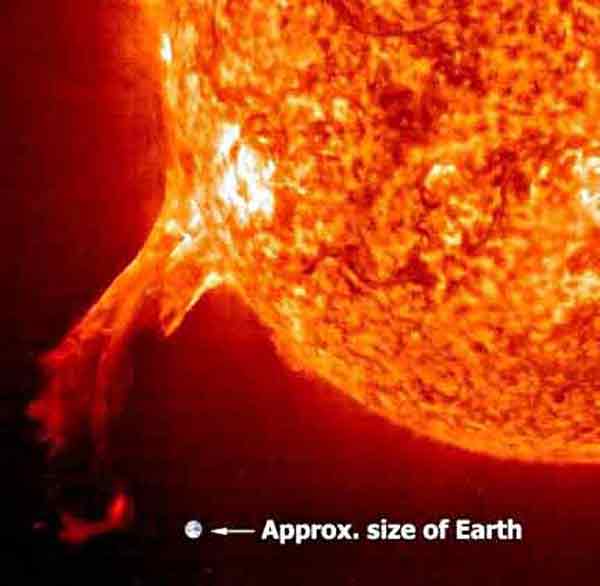Things were getting pretty quiet up there, but the Sun delivered quite a show: a massive, 75,000-mile sun spot.

It looks like little more than a freckle on the Sun’s surface, but size is relative, and this particular freckle is larger than our entire planet. Sunspots are dark areas formed due to concentrations of magnetic field flux that inhibit convection and reduce temperature. Sunspots are still very hot, but they’re just cooler than their surrounding.
While there is some erratic behavior, sunspot formation largely depends on the sun’s 11-year magnetic cycle. As we’re nearing the end of the cycle, astronomers weren’t expecting heavy activity from the sun until 2020, but the star threw a curveball. It was an average-sized sunspot (typically, they vary between 10 and 100,000 miles in diameter), quickly moving across the star’s surface.
NASA’s Sun Dynamics Observatory satellite first noticed the activity on July 5 and watched it grow until July 11. Now, the space agency has released this video, adding the Earth’s size for scale — just to put the gargantuan sun into perspective.
Sunspots are observed with land-based and Earth-orbiting solar telescopes. To astronomers, they are useful for predicting space weather and the state of the ionosphere. Sunspots have also been noticed on other planets — though of course, in that case, they’re called starspots instead.






